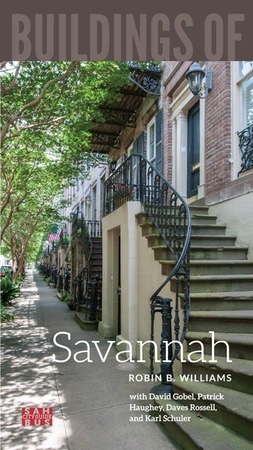
A fulsome statement of Gilded Age grandeur, the Kehoe House showcases the work and aspirations of its owner, an Irish immigrant whose ironworks had become one of the city’s most productive industries. The house is a romantic assemblage of architectural forms, motifs, and elements, including a projecting two-story polygonal bay to the right of the central entrance and a two-story corner cylindrical turret to the left, and a grand double gallery on the south facade abutting another multistory polygonal bay. A majority of the ornamental features are, of course, cast iron, though there is also a considerable amount of terra-cotta. Originally, a cupola capped the house. Before establishing his solo practice, Bruyn had worked for John S. Norris and Calvin Fay. Substantial modifications were made in converting the residence from a funeral home into its current use as a bed-and-breakfast, including the addition of an elevator shaft to the rear. The project, completed in 1992, was the first to receive the state historic preservation tax credit in Georgia.

